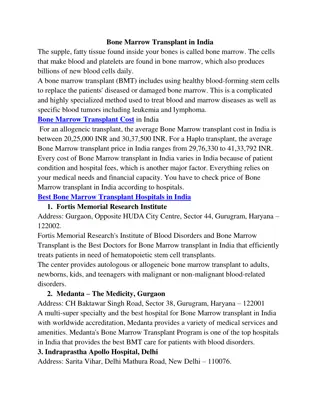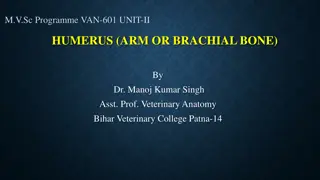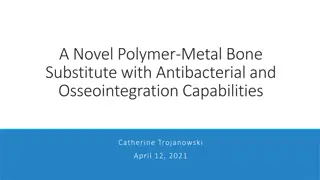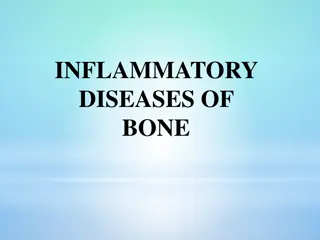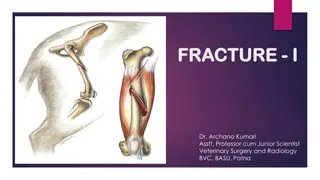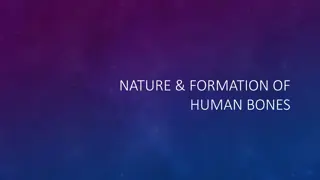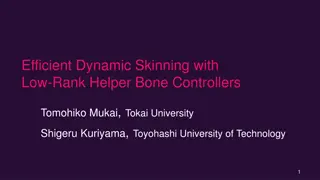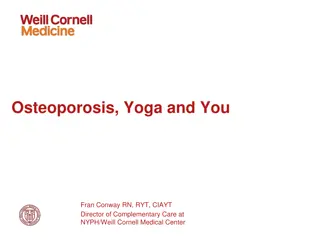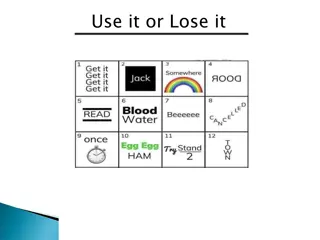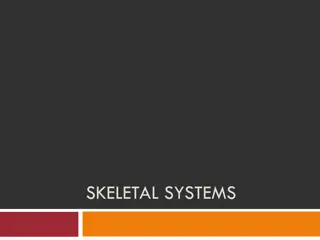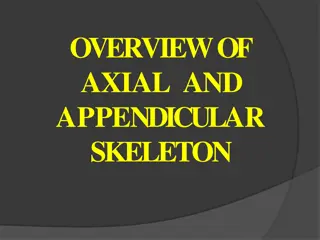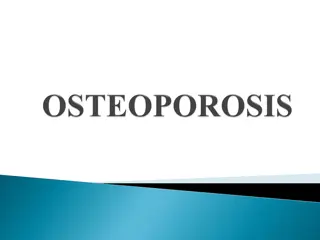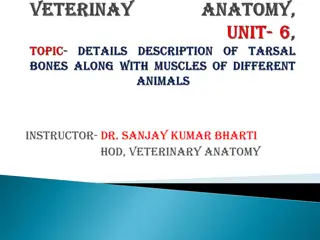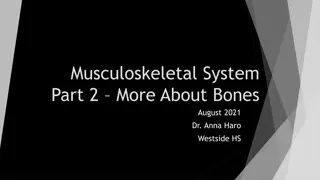Understanding Osteology: An Overview of Bone Structures and Skeleton Composition
Osteology is the study of anatomical structures such as bones, cartilages, and the skeleton that support and protect the body. It includes the classification of bones based on shape and function, details on bones of the thoracic and pelvic limbs, and the divisions of the skeleton into axial, appendicular, and visceral parts. This comprehensive guide by Dr. Ammar Ismail provides insights into the skeletal system and its importance in maintaining bodily structure.
Download Presentation

Please find below an Image/Link to download the presentation.
The content on the website is provided AS IS for your information and personal use only. It may not be sold, licensed, or shared on other websites without obtaining consent from the author. Download presentation by click this link. If you encounter any issues during the download, it is possible that the publisher has removed the file from their server.
E N D
Presentation Transcript
Anatomy Osteology By: Dr. Ammar Ismail 1
Osteology Study of anatomical structures (bone, cartilages) and the skeleton which formed by these structure. 2
Bones of thoracic limb include: Scapula Humerus Radus and Ulna Carpal bones Metacarpal bones Phalanges. No. of sesamoid bones 3
Bones of pelvic limb include: Os coxae Femur and patella Tibia and fibula Tarsal bones Metatarsal bones Phalages No. of sesamoid bones Notes: A numerical variation is present in same species, like the tarsus of the horse may consist of six or seven also carpus may be seven or eight. 4
Skeleton : Is applied to the framework of hard structures which supports and protects the soft tissues or organs of animals .Its consist of many bones and cartilages which articulates each other to give the form of body . The skeleton is divided into the axial skeleton , appendicular skeleton and the visceral skeleton . 1 - Axial skeleton: consisting of the skull , hyoid apparatus' ,vertebral column and thorax . 2 Appendicular skeleton: the bone of the limbs and the bones connecting the limbs to the axial skeleton ( limb girdles ) . 3 Visceral skeleton (splanchnic skeleton): consist of bones that develop in the viscera or soft structures such as the os penis in carnivores, ossa cardis in the ox and sheep, os phrenic in camel, . 5
Classification of bones Long bones: Long, hollow, cylindrical. Weight bearing, have shaft and extremities, e.g. Femur, Humerus. Short bones: Short, partially smooth surfaced, mainly found in joints, help in mobility, mainly spongy substances and thin layer of cortical bone. E.g. Carpal bones. Flat bones: Flat, irregular bony plates, enclose cavities, have two plates of compact bone and in-between spongy bone, e.g. scapula, skull etc. Irregular bones: Small, rough, irregular surface mainly in midline of skeleton, have projections for muscular attachments. e.g. Vertebrae. Pneumatic bones: Long bones of birds having air cavities, e.g. Humerus of bird. Sesamoid bones: Seasame (seed in Greek), small, develop within tendon and help to reduce friction. e.g. Patella. Visceral bones: Found in visceral organs. e.g. Os penis in dog, os crdis in ox, os opticus in fowl, os pheranum in camel. 6
Classes of the bones: There are seven classes of bone according to their shape and function . 1 Long bones : expanded in one direction consisting of the cylindrical part called the shaft or body (diaphysis ) which enclosed the medullary cavity and marrow , and two extremities (epiphyses ) or ends ,, these type of bone found present in limbs e. g. femur ,humerus , ---etc. 7
2 Flat bones: expanded into two directions, it furnished sufficient area for attachment of muscles like scapula or to protect soft organ in skull 9
3 Short bone: such as these of the carpus and tarsus, somewhat similar dimensions in the length and thickness , the chief function is diffusing concussion and allow the movement of joint . ** Sesamoid bones :are also short bones which are developed in capsules of some joints or in tendons , they diminish friction or change the direction of the tendon . 10
4 Irregular bones : they are irregular shapes , such as vertebrae and bones of base of skull . They are median in position . 11
5-Pneumatic bone: These bones have formed through the subsequent resorption of bone substance and are lined with maxilla or ethmoid bone., some bone of bird. mucosa, ex 12
6-Visceral bones: Found in visceral organs. e.g. Os penis in dog, os cordis in ox, os opticus in fowl, os pheranum in camel, os nostra in the nostril of pig. 13
Function of bone: Supporting & Protection: the bone serve as a frame work to (locomotion) also protect soft organs and viscera e.x: lung, heart, brain, spinal cord Hematopoitic: the bone contain marrow in the cavity which responsible for blood cells and platelet formation. Storage of minerals( Ca , p ) muscles attachment 14



